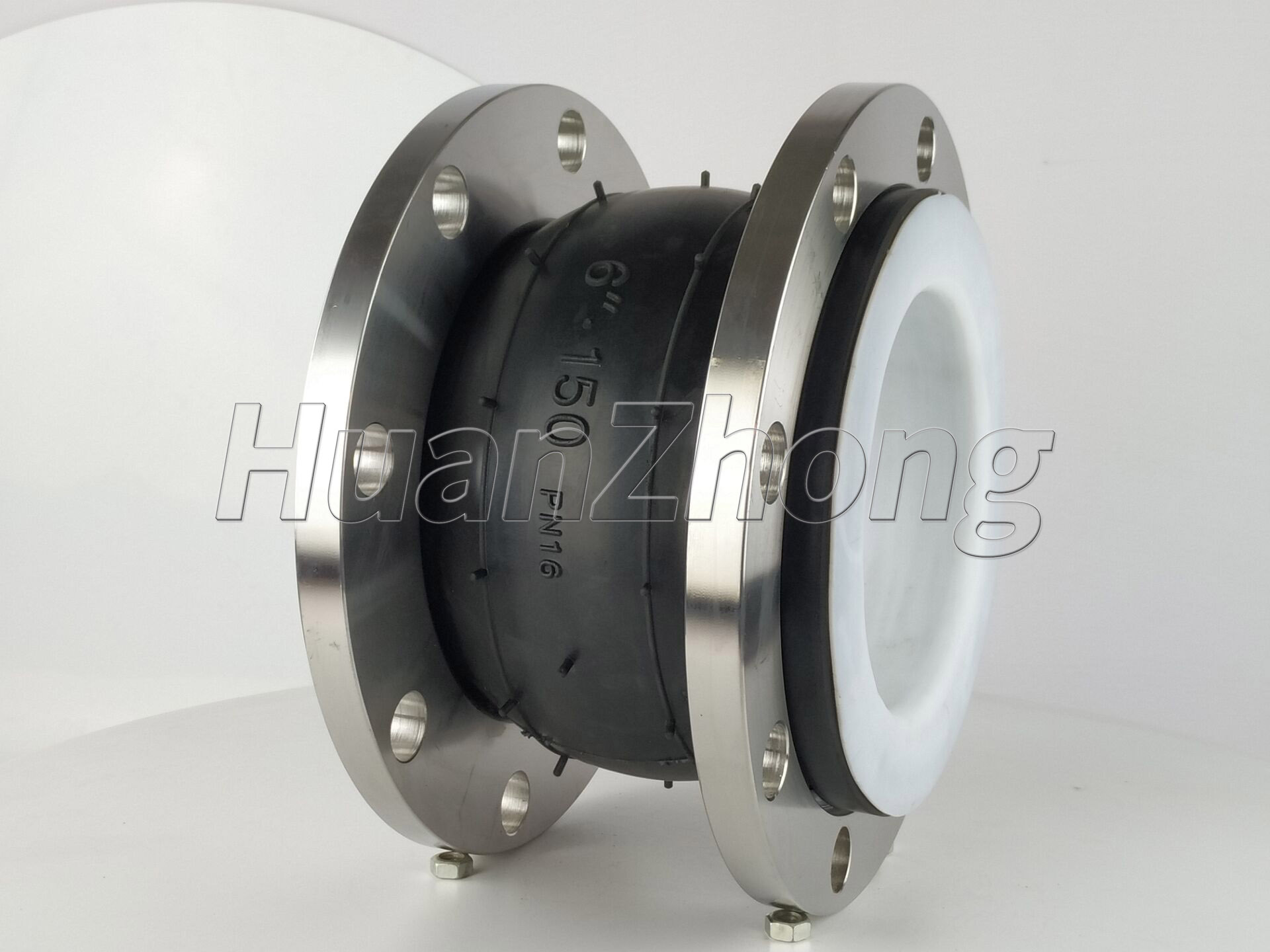The Role of Vulcanized Labeled Rubber Joints.
The Role of Vulcanized Labeled Rubber Joints. Vulcanized labeled rubber joints play a vital role in various industries where there is a need to absorb vibrations, compensate for movements, and reduce noise in piping systems. In this article, we will discuss the role of vulcanized labeled rubber joints and their benefits in different applications.
Vibration Absorption: One of the primary roles of vulcanized labeled rubber joints is to absorb vibrations in piping systems. Pumps, compressors, and other equipment generate vibrations during operation, which can lead to excessive stress on the piping system. Vulcanized labeled rubber joints act as flexible connectors between pipes, absorbing the vibrations and reducing the transmission of these vibrations to other parts of the system. This helps in preventing damage to the equipment and improving the overall system reliability.
Movement Compensation: Another important role of vulcanized labeled rubber joints is to compensate for movements in piping systems. Thermal expansion, ground settlement, and other factors can cause variations in the length and position of pipes. Vulcanized labeled rubber joints allow for these movements by providing flexibility, which helps to prevent stress and damage to the piping system. The flexibility of the joints also allows for easier installation and maintenance of the system.
Noise Reduction: Vulcanized labeled rubber joints also play a significant role in reducing noise in piping systems. The vibrations generated by pumps, compressors, and other equipment can result in the transmission of noise through the pipes. The rubber material used in the joints absorbs the sound waves, reducing noise levels and creating a quieter working environment. This is particularly important in industries where noise control is essential, such as hospitals, residential buildings, and industrial facilities located in populated areas.
Corrosion Resistance: Vulcanized labeled rubber joints are resistant to corrosion, making them suitable for use in various industries, including chemical, petrochemical, and water treatment plants. The rubber material used in the joints is highly resistant to chemicals and can withstand exposure to different types of fluids and gases. This resistance to corrosion ensures the longevity and reliability of the joints, even in harsh environments.
Easy Installation and Maintenance: Vulcanized labeled rubber joints are relatively easy to install and maintain. They can be easily connected to pipes using flanges, threaded connections, or other types of fittings. Their flexibility allows for easy alignment with the piping system. Maintenance typically involves periodic inspection to check for signs of wear or damage, such as cracks or leaks. The rubber joints can be easily replaced if necessary, minimizing downtime and reducing maintenance costs.
In conclusion, vulcanized labeled rubber joints play a crucial role in various industries by absorbing vibrations, compensating for movements, reducing noise, and providing corrosion resistance. Their ability to absorb vibrations helps in protecting equipment and ensuring the reliability of piping systems. The flexibility of the joints allows for easy installation and maintenance. Overall, vulcanized labeled rubber joints are vital components in piping systems, contributing to the efficient and safe operation of various industries.
